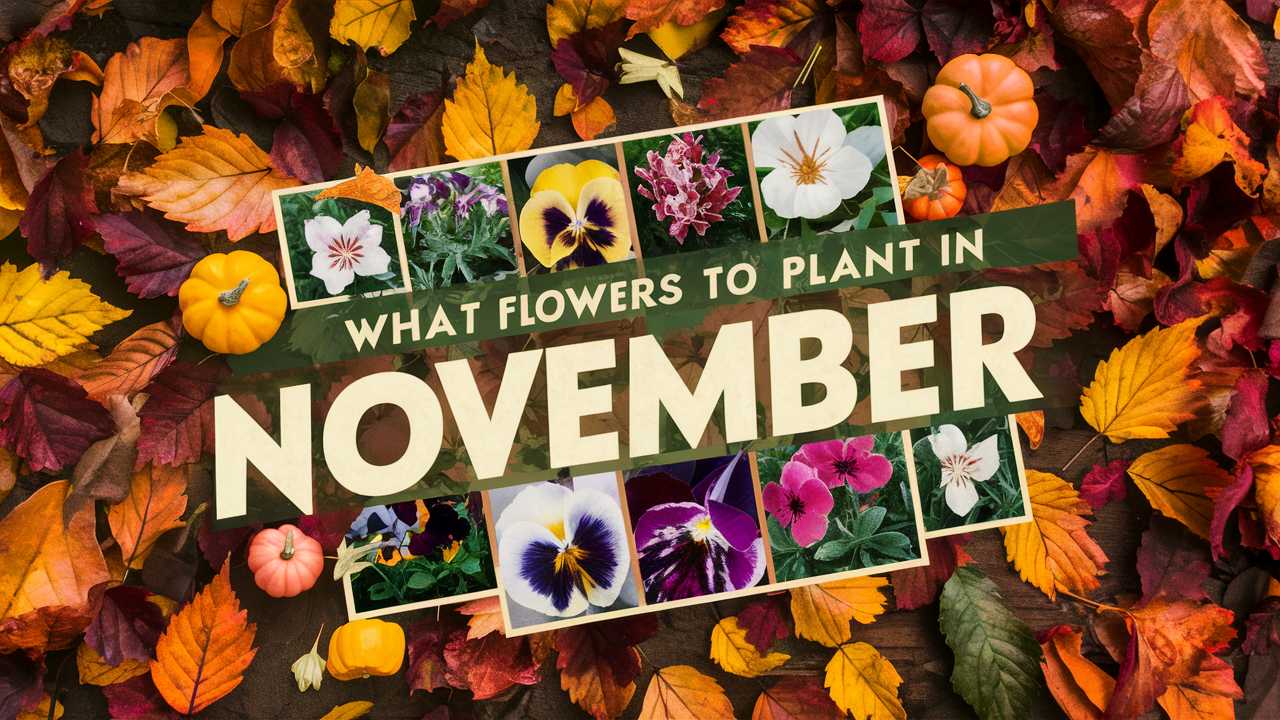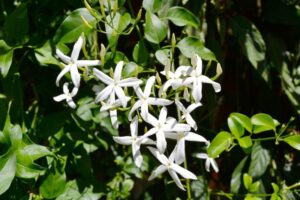As the autumn chill sets in and nature begins its winter slumber, many gardeners may think their planting days are over until spring. Yet, November can be a great time to introduce new flowers into your garden, particularly in regions with milder winters. This month offers a perfect opportunity to prepare your outdoor space for a colorful, lively spring awakening.
Whether you’re in USDA hardiness zones 3 through 10, there’s a variety of blooms that can be planted now, bringing both beauty and ecological benefits to your garden. Below, we’ll explore a wide assortment flower varieties to plant in November, organized by their suitability for different regions.
Pansies
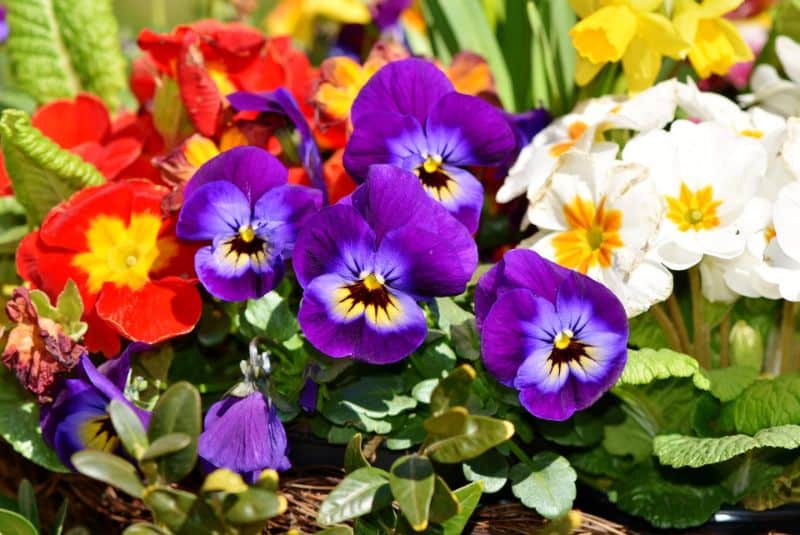
Pansies are the quintessential cool-weather flower, thriving in a range of temperatures from 32°F to 65°F (0°C to 18°C). In zones 3-8, you can plant pansies in November. Their vibrant colors can brighten any garden, with blooms available in nearly every hue imaginable. When planting, choose a well-drained soil and full sun to partial shade for optimum growth. Regular deadheading encourages new blooms, ensuring a lively display until frost becomes severe.
Ornamental Kale and Cabbage
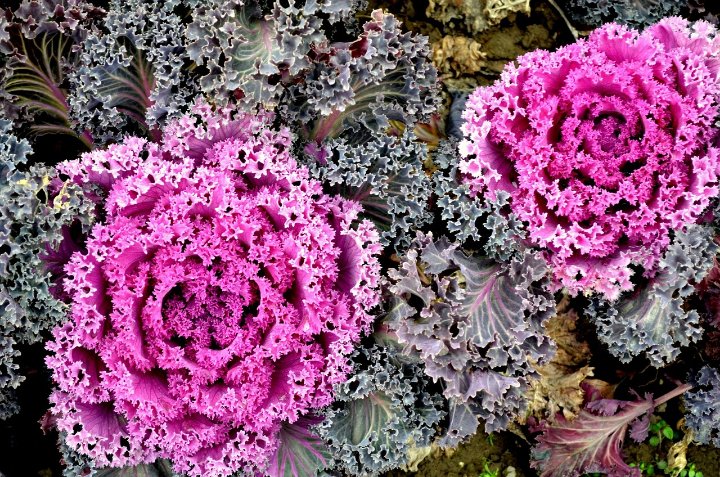
While technically not flowers, ornamental kale and cabbage add tremendous visual interest to fall and winter gardens. These hardy plants can tolerate temperatures down to 20°F (-6°C) and can be planted in zones 3-9 during November. Their colorful foliage ranges from dark purple to bright green, making quite the statement. In severe winter climates, use mulch to provide added insulation during extreme cold spells.
Snapdragons
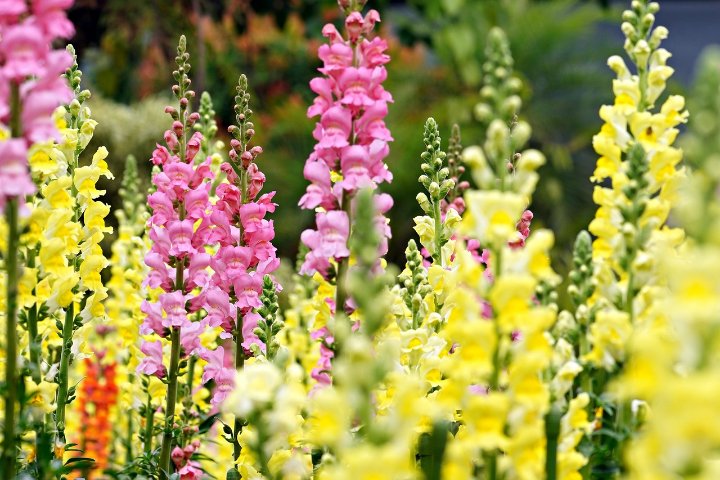
Snapdragons thrive in cooler weather, making them a great candidate for November planting in zones 4-9. With a temperature tolerance of about 25°F (-4°C), these classic garden staples will burst into life with colorful spikes, providing vertical interest. Plant them in full sun with well-blocked drainage. The more you cut back the flowers, the more blooms you’ll get, giving you a continuous display right into spring.
Cyclamen
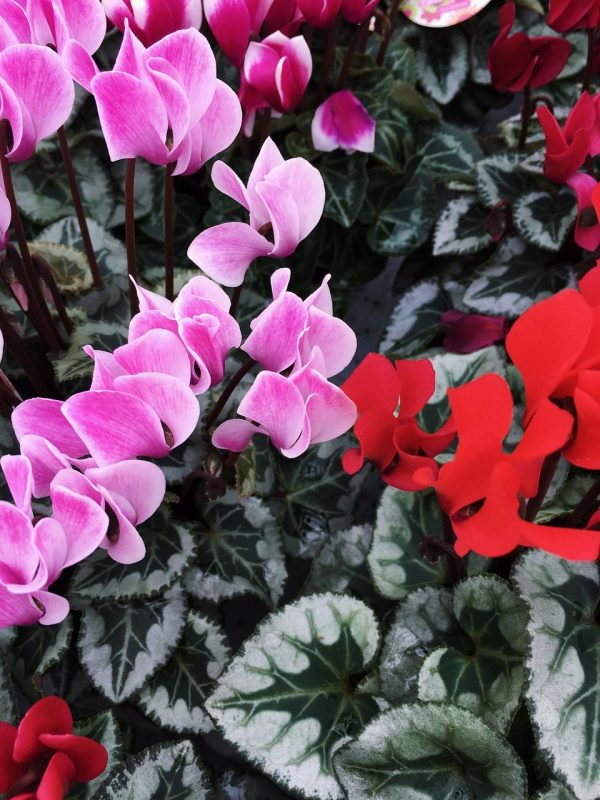
For a unique winter bloom, consider cyclamen. These plants can be planted in zones 4-9 and thrive in temperatures as low as 30°F (-1°C). They prefer partially shaded spots with well-draining soil. Cyclamen are known for their charming upswept blooms and heart-shaped leaves, making them a beautiful addition to borders or even indoor pots as winter approaches.
Winter Jasmine
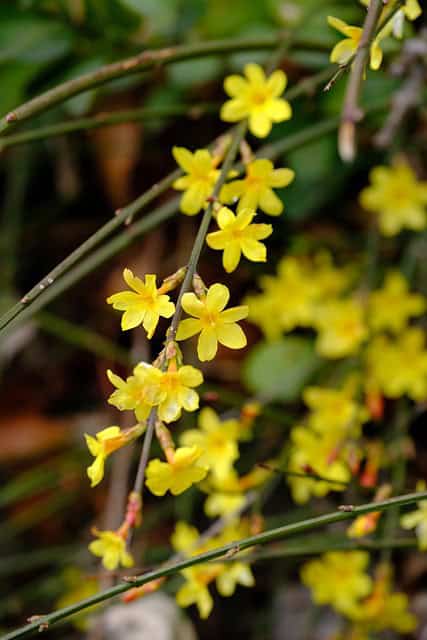
Winter jasmine (Jasminum nudiflorum) is an excellent choice for zones 6-9. This vine can withstand temperatures down to 20°F (-6°C). Known for its bright yellow flowers, this plant can trail elegantly along fences or trellises. It enjoys a full sun position but can adapt to partial shade too. Plant it now to see the cheerful blooms as early as late winter, bringing life to your garden during the colder months.
Hellebore
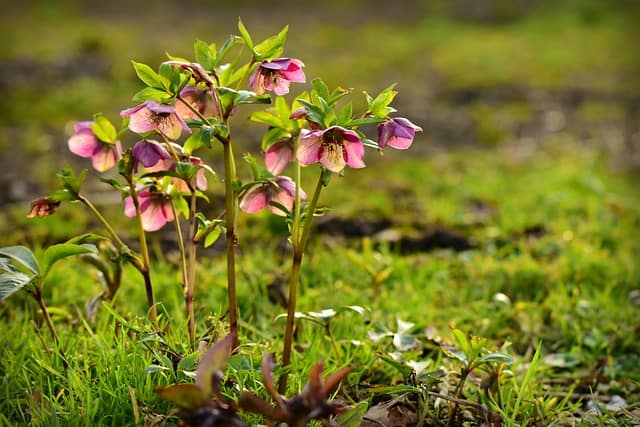
Commonly referred to as the Christmas rose, hellebore is perfect for planting in November, especially in zones 4-9. These resilient plants can tolerate temperatures as low as 20°F (-6°C) and will bloom during the coldest months, providing stunning flowers that are often in various shades of white, pink, or purple. Hellebores prefer partially shaded areas in well-drained soil, and their evergreen foliage adds year-round interest.
Asters
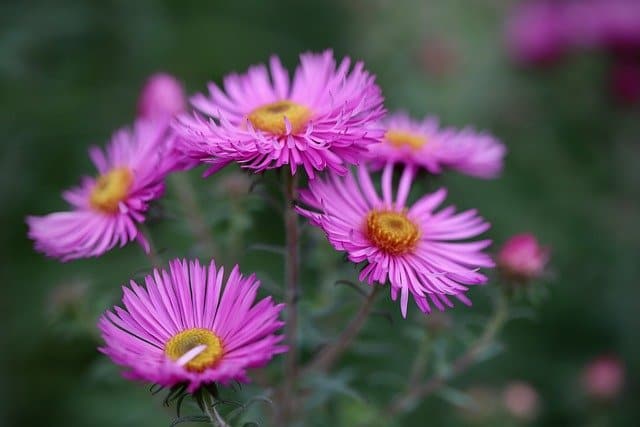
Asters are hardy fall blooms that thrive in USDA zones 3-8. With blooming periods stretching into November, they can survive temperatures down to 30°F (-1°C). These daisies come in various colors like blue, pink, and white, and love full sun and nutrient-rich soils. By planting asters in November, you’ll ensure that your garden has a late splash of color before winter sets in.
Camellias
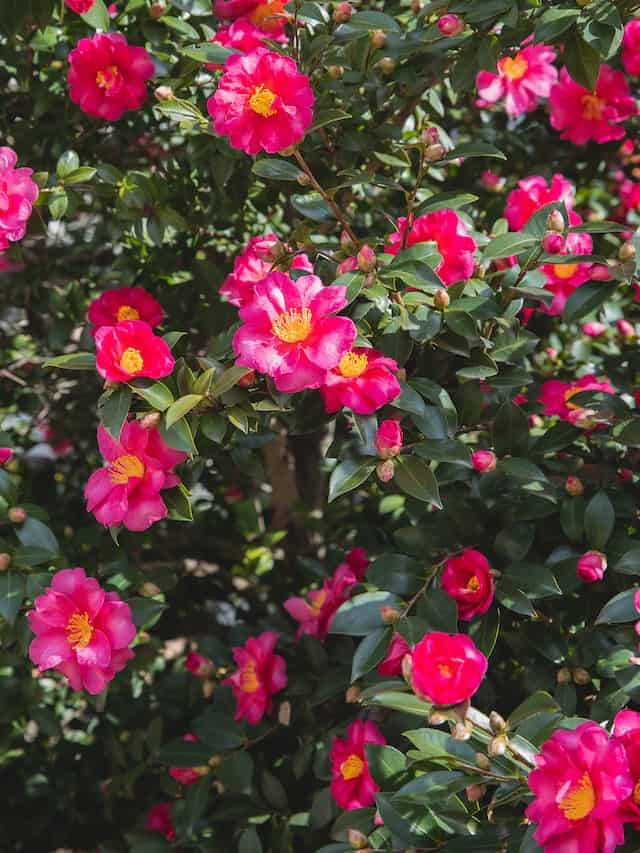
For those in milder regions (zones 7-10), camellias are an excellent option for November planting. These elegant shrubs can handle temperatures down to 10°F (-12°C) depending on the cultivar. Known for their stunning blooms, camellias flower during the winter months, adding beauty to a typically dreary landscape. Ensure they are placed in well-draining, acidic soil, ideally in partial shade to prevent leaf scorch.
Primrose
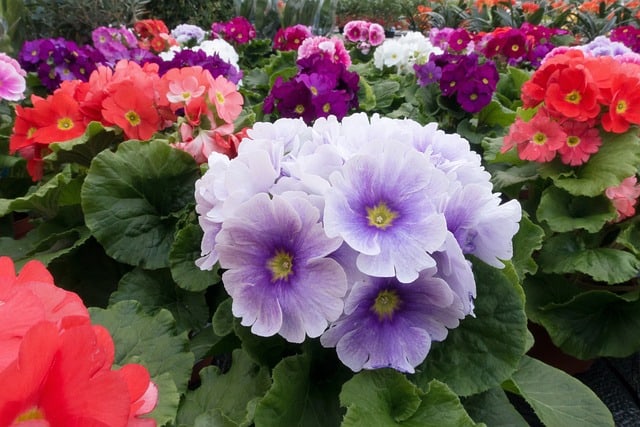
Primrose is an ideal plant for zones 3-8, thriving in temperatures as low as 20°F (-6°C). The brightly colored flowers will begin blooming in late winter or very early spring, making them a gardener’s delight. They prefer lush, moist, and well-drained soil and can be used in both garden beds and pots, offering versatility. Regular watering is key to ensuring vibrant blooms.
Anemones
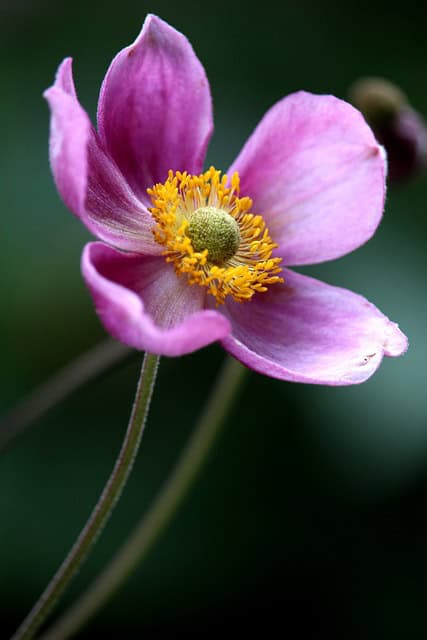
Planting anemones can be rewarding, as these floral beauties can thrive well in zones 6-9 and can withstand temperatures down to 25°F (-4°C). Known for their poppy-like blooms, anemones prefer well-drained soil and full sun with some shelter from harsh winds. Their unique flowers add a touch of elegance to winter gardens, especially when planted in drifts.
Crocus
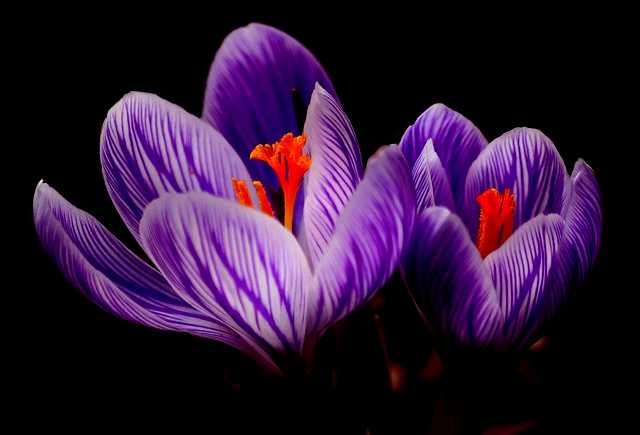
Crocus bulbs are perfect for planting in November, especially in zones 3-7, where they can handle temperatures as low as 0°F (-18°C) when established. These hardy bulbs will bloom in early spring, often brightening gardens with their cheerful purple, yellow, and white flowers. Crocuses prefer full sun to partial shade and well-drained soil, making them perfect for naturalizing in sunny spots.
Foxglove
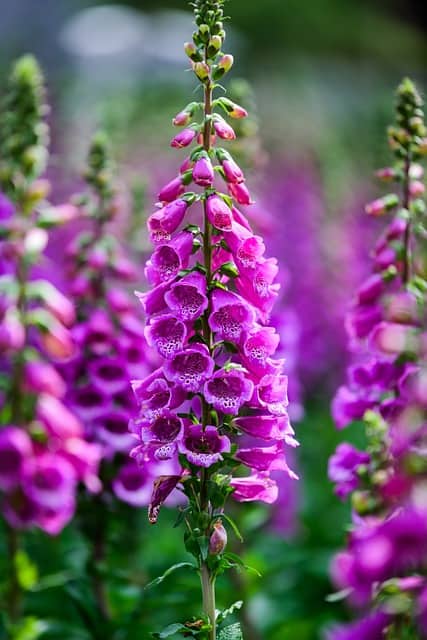
Foxglove is a wonderful option for gardeners in zones 4-9 looking to add height and drama to their winter landscapes. They can be planted in November and tolerate temperatures as low as 25°F (-4°C) once established. Popular for their tall spikes and tubular flowers, foxgloves enjoy full sun to partial shade; however, ensure you have well-drained soil as they are susceptible to root rot.
Sweet Alyssum
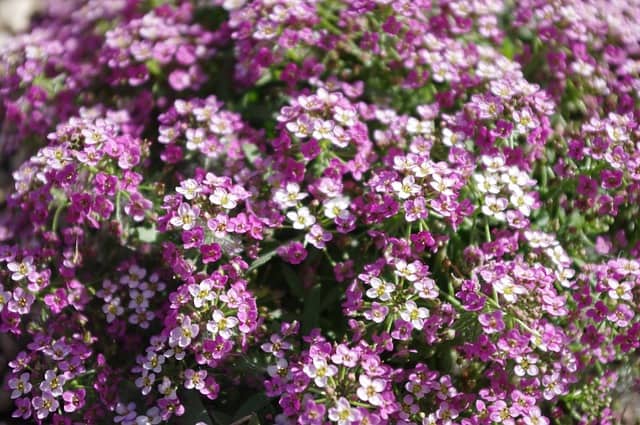
Sweet Alyssum serves well in cooler climates (zones 4-9) with a temperature tolerance of 25°F (-4°C). These compact, fragrant plants create delightful blooming carpets that can thrive in sunny or partially shaded areas. Plant in well-drained soil, as they appreciate mild conditions. By planting them in November, you’ll be rewarded with clusters of tiny flowers that attract pollinators.
Delphinium
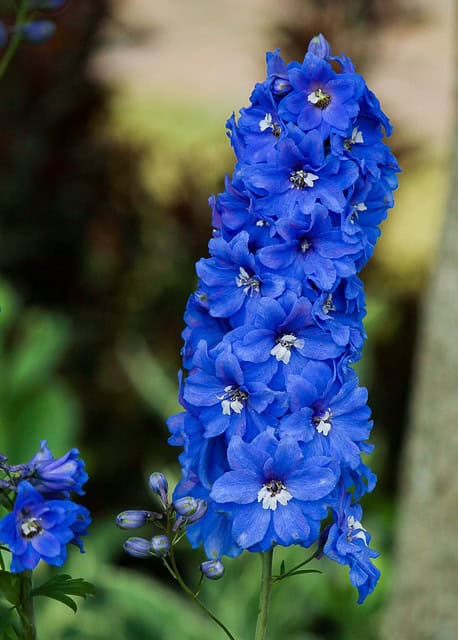
Known for their towering spikes of blooms, delphiniums can be a stunning addition to gardens in USDA zones 3-7. While they can thrive in very cool conditions down to 20°F (-6°C), they require rich soils and full sun. November is appropriate if you plan to plant seedlings that can establish themselves before winter. Provide support after they begin to bloom, as they can be susceptible to flopping.
Larkspur
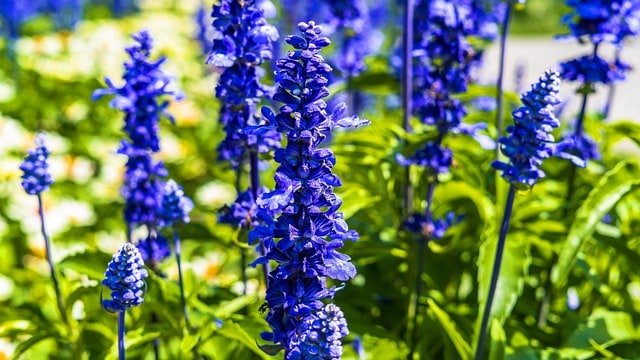
Larkspur can be planted in zones 3-7 in November, as they can tolerate temperatures down to 15°F (-9°C). Known for their tall spikes and lovely blue flowers, larkspur thrive in well-drained soils under full sunlight. They often re-seed themselves, providing blooms year after year. Just be cautious of their toxicity if you have pets or small children around.
Snowdrop
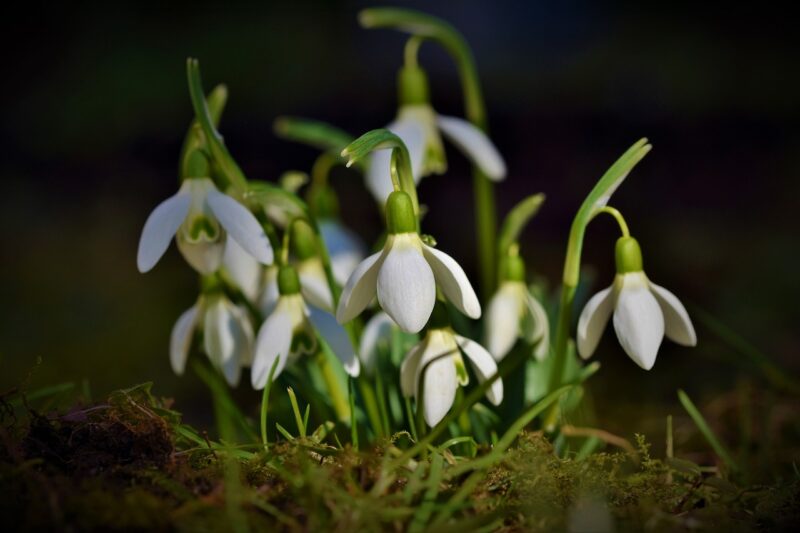
Snowdrops are one of the first flowers to bloom, making them a lovely addition to any winter garden. They are hardy in zones 3-7 and tolerate temperatures down to -10°F (-23°C). Plant the bulbs in November to enjoy their lovely white flowers peeking through the snow in early spring. Snowdrops prefer well-drained, moist soil in part shade or full sun.
Coreopsis
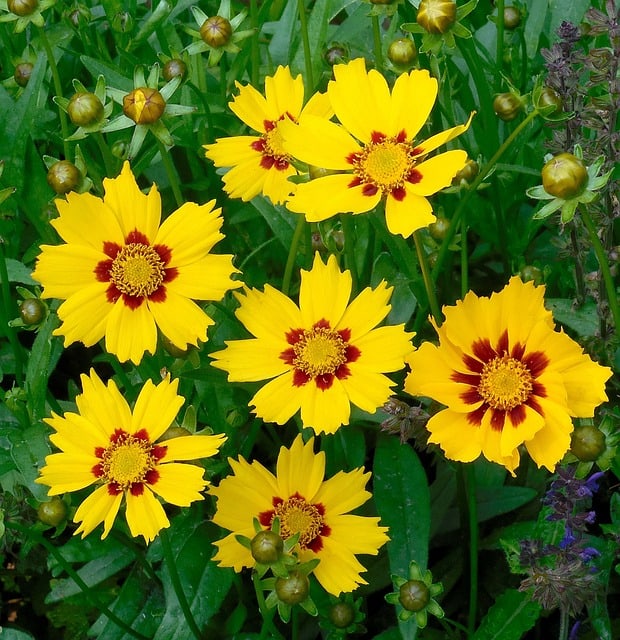
In areas within zones 3-9, coreopsis can be planted in November. These sun-loving perennials can handle cooler temperatures down to 30°F (-1°C). Known for their cheerful yellow and orange flowers, coreopsis thrive in well-drained soil. With proper care and good drainage, users can nurture blooms that attract butterflies and provide extended blooming seasons from spring to late summer.
Nigella (Love-in-a-Mist)
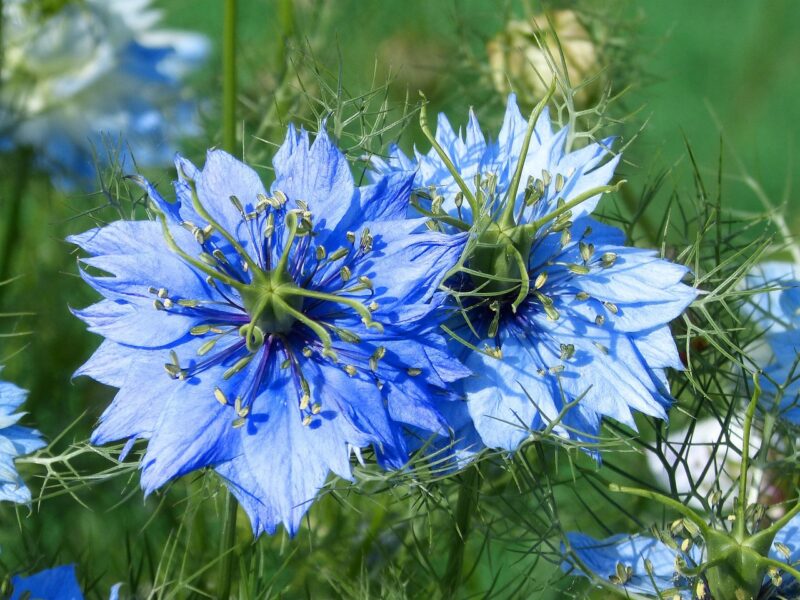
Nigella is a delightful addition to gardens in zones 4-9. November planting allows these beauties to establish roots ahead of frost as they can handle temperatures down to 20°F (-6°C). Their feathery foliage and unique flower forms create a lovely visual impact while also being easy to grow. Enjoy the charming seed pods that follow their blooms, extending your garden’s interest beyond just the flowers.
Tansy
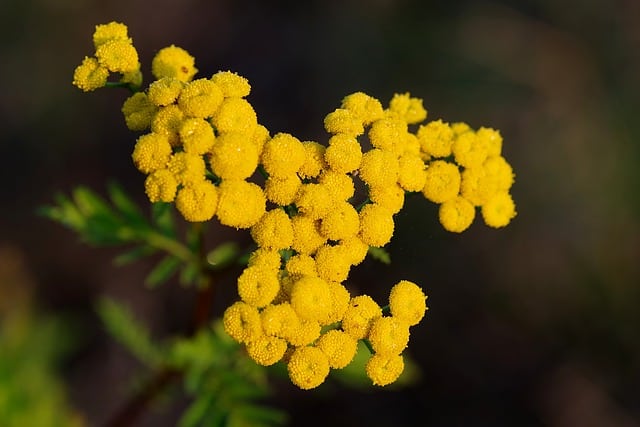
For an unusual yet charming addition, consider planting tansy in zones 3-9. Its vibrant yellow buttons and aromatic foliage can endure temperatures as low as 20°F (-6°C). Tansy thrives in sunny spots and can be a great companion plant, naturally deterring pests in the garden. It’s also known for its medicinal properties, adding another layer of value for the home gardener.
Violas
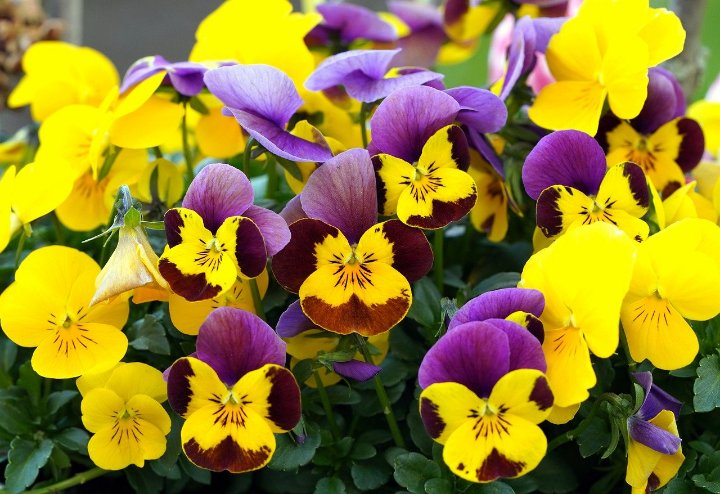
Similar to pansies, violas are hardy little flowers that can withstand frost. These petite beauties can also handle temperatures as low as 20°F (-6°C). Planting in zones 4-8 is ideal, providing you a charming, sneaky bloom in the winter months that can transition beautifully into spring. Violas prefer full sun but can tolerate partial shade, making them perfect for using in neglected nooks of the garden that receive less sunlight.
Tuberose

While amplifying fragrance in your garden, tuberose is ideal for warmer regions (zones 7-10). With a tolerance to temperatures of 45°F (7°C) and higher, they cannot withstand frosts and should be sown in well-drained soil after the last frost. If planting in November, consider starting indoors and hardening them off when temperatures are more favorable. Their expressive blooms will be worth the wait.
Evening Primrose
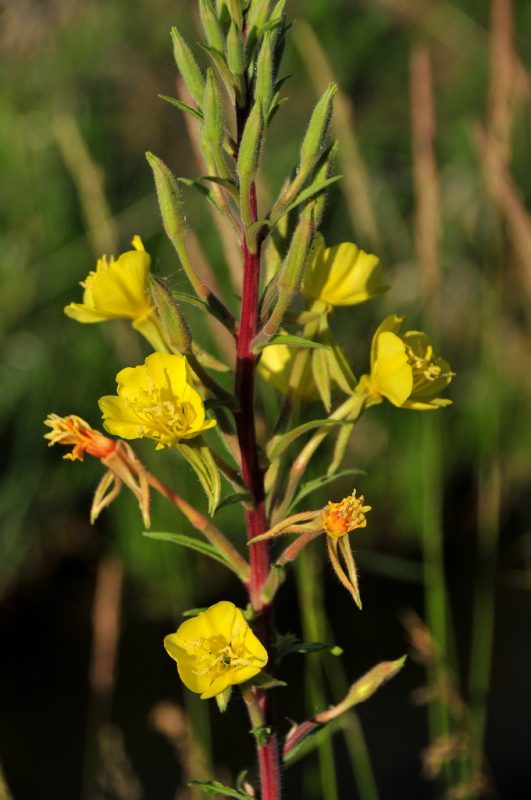
Evening primrose thrives in zones 3-9 and is known for its ability to withstand temperatures down to 15°F (-9°C). This hardy perennial is known not only for its lovely yellow blooms but also its medicinal properties. They prefer full sun and can adapt to poor soils, making them a low-maintenance option. Planting them in November allows them to establish roots for vibrant spring blooms.
Yarrow
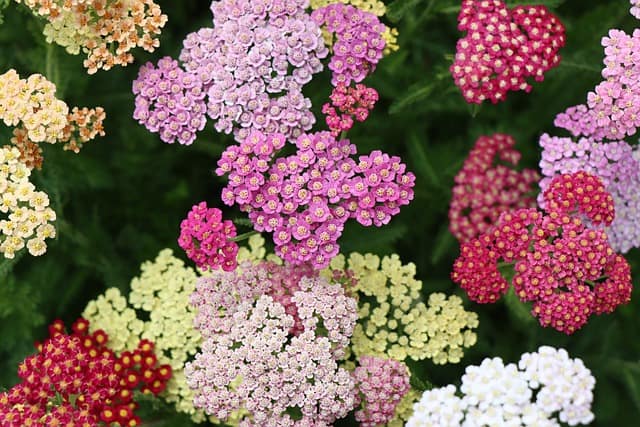
Yarrow is a resilient perennial suitable for zones 3-9, able to thrive in various temperatures down to 20°F (-6°C). This drought-tolerant flower is excellent for naturalized areas and attracts many beneficial insects. Preferably planted in full sun with well-drained soil, yarrow is low maintenance and can thrive with minimal attention, providing feathery foliage and flat-topped blooms into the summer.


